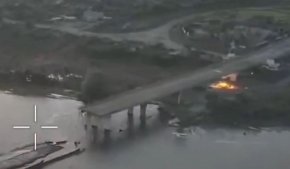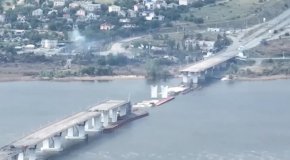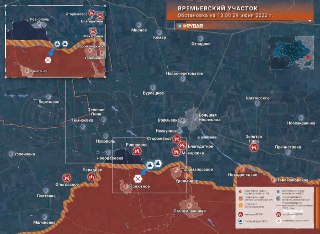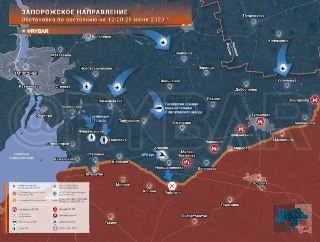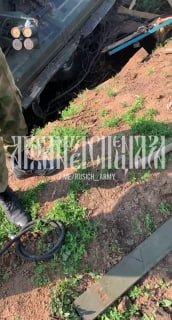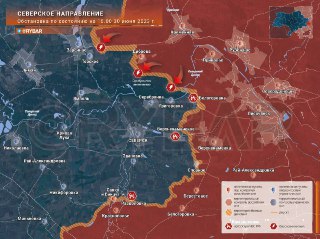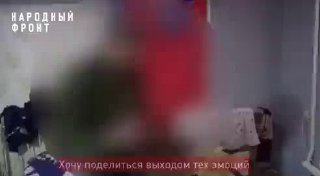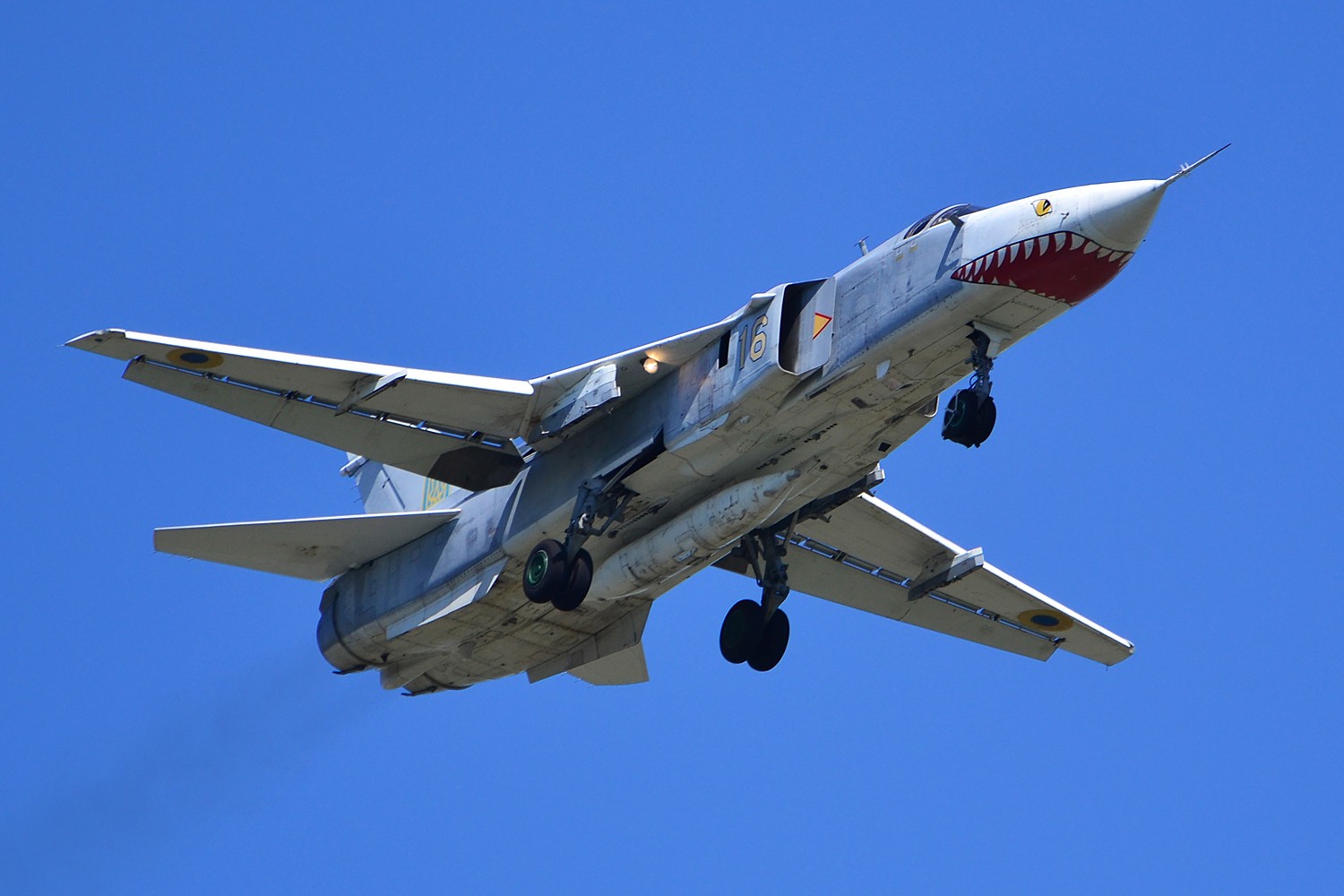Ukrainian update: Part 1.
Video on NATO airpower for Ukraine.
This is a summary of the video with the appropriate time stamps.
Air superiority is crucial for Ukraine to win the war. Without control of the skies, ground forces are vulnerable to devastating attacks from the air.
Currently, Ukraine lacks the necessary air power to secure control of the skies.
01:20 The Need for Western Air Power Support
Importance of Western Air Power
Historical experiences have shown that being attacked from the air can be devastating for ground forces.
Ukraine is currently facing a counter-offensive from Russia without adequate air power.
Having Western air power on its side would have been a major advantage for Ukraine's offensive.
Limitations of F-16 Fighter Jets
While there has been discussion about providing Ukraine with F-16s, these aircraft alone cannot guarantee air superiority.
Operating state-of-the-art F-16s effectively requires extensive training and support systems beyond just fast jets.
The Russians would focus their efforts on wiping out any Ukrainian force equipped with F-16s.
03:18 Experience Flying F-16 Fighter Jets
Flying the F-16 was a straightforward transition due to previous experience with other fast jets. Intensive training courses were required to become familiar with operating the aircraft effectively. Transitioning to upgraded versions involved additional training but built upon existing knowledge and experience.
05:27 Challenges of Acquiring F-16s
Acquiring F-16s alone would not be sufficient for Ukraine to achieve air superiority. The Ukrainian Air Force lacks the experience and infrastructure necessary to fully utilize these advanced aircraft. Western air power support goes beyond just providing fighter jets, encompassing a range of capabilities such as surveillance, intelligence, and electronic warfare. In conclusion, while the acquisition of F-16 fighter jets could potentially enhance Ukraine's air power capabilities, it is important to recognize that air superiority requires more than just advanced aircraft. Comprehensive training, support systems, and a range of other capabilities are essential for effective utilization.
06:13 Challenges of Integrating New Technology with National Systems
The integration of new technology with a national system can be challenging, especially if the system is not prepared for such input. While there is often a fascination with fast and agile aircraft, combat capabilities rely heavily on technology, radar, electronic warfare systems, and regular upgrades. The operational capability of older aircraft may be significantly reduced over time. Integrating new technology with a national system that may not be prepared for it can pose challenges. Combat capabilities are not solely dependent on the speed and agility of an aircraft but also on the technology, radar, electronic warfare systems, and regular upgrades. The operational capability of older aircraft tends to decrease over time.
07:13 Effectiveness of Older F-16s in Ukraine
The F-16s that go to Ukraine will likely be older models rather than brand new state-of-the-art ones. Countries like the Netherlands and Denmark have recently retired their F-16s, making some previously used aircraft available. However, even the most modern F-16s available may still be around 30 years old. It's important to consider that while older F-16s may still be capable platforms, their overall operational capability may be reduced compared to newer models. Retired F-16s from countries like the Netherlands and Denmark could potentially be made available.
Even the most modern available F-16s may still be around 30 years old. While older F-16s can still be effective platforms, their overall operational capability may be reduced compared to newer models.
08:35 Concerns about Providing State-of-the-Art Missiles to Ukraine
The West may be cautious about giving Ukraine state-of-the-art air-to-air missiles. There may be similarities in capacity between Ukrainian MiG-29 missiles and some Western counterparts. Providing the very latest technology poses risks of it falling into enemy hands or exposing Western technology. Technological advantage is an important factor for the West, making it a difficult balance to strike.
09:20 Example of Equipment Given to Ukraine
An example of equipment given to Ukraine is the Storm Shadow missile, which has been highlighted by the press. While this missile is still capable, it is nearly 30 years old. Upgrades are planned for only a few of these missiles, while others will need disposal. Giving older but still capable equipment can save on disposal costs but does not provide state-of-the-art technology.
10:33 Combat Missions and Sorties
During combat missions in Iraq, strategic long-range sorties were carried out from the United Arab Emirates. These missions targeted various locations in and around Baghdad, including commander control centers, weapon storage facilities, and power facilities. The missions involved a large package of fighter escort and airborne command and control support.
12:14 Close Air Support Mission with F-16s
The speaker discusses the effectiveness of using F-16s for close air support missions during the war. They highlight how these aircraft were able to identify specific targets and provide effective support without having troops on the ground.
12:37 Ukraine's Air Capabilities and Future Use of Ethic Scenes
The speaker discusses how Ukraine could best utilize ethic scenes (presumably referring to F-16s) in their air capabilities. They mention the importance of securing air superiority first and then transitioning to an air-to-surface role. Additionally, they discuss the challenges Ukraine may face in acquiring enough aircraft to make a difference.
Utilizing Ethic Scenes in Ukraine's Air Capabilities
Securing air superiority is crucial before transitioning to an air-to-surface role.
Ethic scenes would require communication, position data, and understanding of ground operations to be effective and safe against opponents.
Acquiring a sufficient number of ethic scenes may be challenging for Ukraine, as it requires at least 40 to 60 aircraft.
13:39 Importance of Package Deals for Acquiring Ethic Scenes
The speaker discusses how smaller NATO member countries like Romania acquire ethic scenes as part of package deals. They also highlight the significance of being a NATO member, which allows countries to contribute collectively. However, since Ukraine is not currently a NATO member, it needs to develop its own autonomous air power capability.
14:58 Effectiveness of F-16s in Ukraine's Air Capabilities
The speaker discusses the effectiveness of F-16s in Ukraine's air capabilities compared to what the Russians currently have. They highlight the performance, altitude, and radar observability advantages of F-16s. However, they also mention that the timing of acquiring these aircraft is crucial and should be considered for post-war recovery.
15:40 Building Ukraine's Air Power Capability
After the war, it is important for Ukraine to have its own air power capability for security reasons. Training pilots takes time, so starting the program early can expedite the process.
17:11 Vulnerabilities of F-16 against Modern Surface-to-Air Missiles
The speaker discusses the vulnerabilities of F-16s against modern surface-to-air missiles. They mention that while the F-16 is resilient, it must have vulnerabilities against advanced Russian missiles. However, they do not provide specific details about these vulnerabilities.
18:30 Missile Systems and Electronic Warfare
This section discusses the capabilities and vulnerabilities of missile systems, particularly radar-guided missiles, and the importance of electronic warfare in countering them.
20:05 Suite of Capabilities and Air-to-Air Combat
This section emphasizes the importance of having a comprehensive suite of capabilities for achieving air superiority. It also discusses the significance of detecting enemies first in air-to-air combat.
21:34 Challenges and Vulnerabilities
This section highlights some challenges and vulnerabilities associated with F-16 aircraft, including runway conditions and engine intake issues.
24:18 Simulator Training Benefits
In this section, the speaker discusses the effectiveness of simulation and simulator training for pilots.
24:59 Simulator Training Benefits
The speaker talks about the advantages of using simulators for pilot training and shares an example of intensive simulator training.
25:54 Time Required for Pilot Readiness
The speaker discusses the time required to get pilots physically and mentally prepared for flying F-16s. Pilots with prior experience in fighter-type aircraft will have a higher level of fitness and readiness. The experience they bring with them plays a significant role in their ability to adapt quickly during training. The duration of physical and mental preparation varies depending on individual experience levels.
